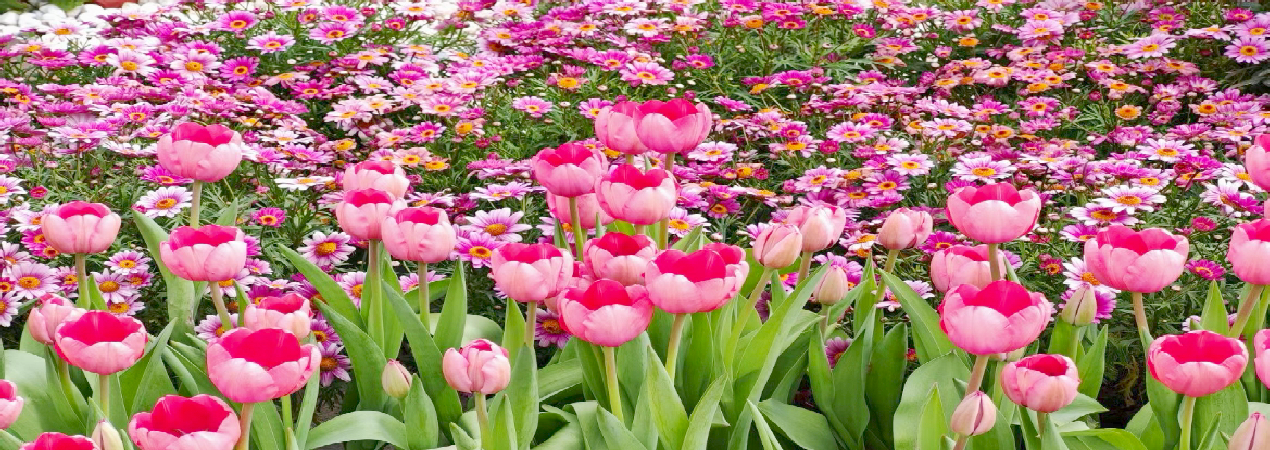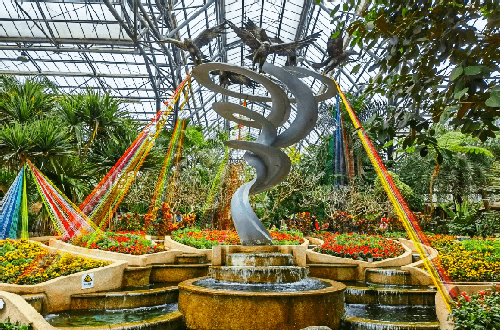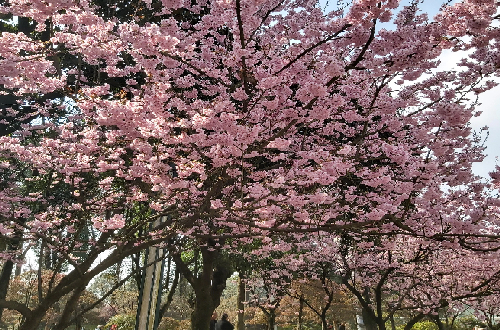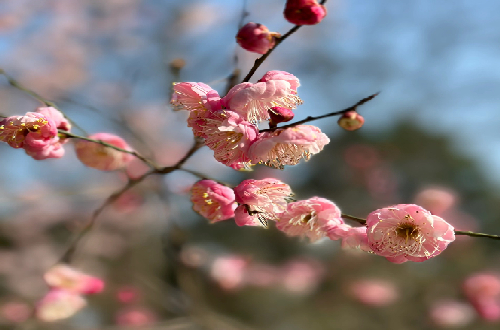Nanshan Botanical Garden

Nanshan Botanical Garden gathers more than a thousand rare and precious flower species from home and abroad. Throughout the year, there are always flowers in bloom with pleasant scents, thus winning the reputation as the "Crown of the Mountain City". Here, you can visit the exhibition area of rare plant species and learn about the protection, collection and cultivation of these rare plant species.
The garden is renowned for planting more than 60,000 plants of over 180 species belonging to the Rosaceae family. Among them, cherry blossoms, Chinese flowering crabapples, tulips, peach blossoms and osmanthus flowers are particularly abundant and beautiful.
- Chinese name: 重庆南山植物园 Chóngqìng Nánshān Zhíwùyuán
- Suggested time: 3 - 5 hours
- Ticket: General admission (without greenhouse access): 30 yuan per person; With greenhouse access: 50 yuan per person. Ticket prices may vary according to different seasons and activities.
- Open hours: 9:00 - 17:00 (Last entry at 16:30)
- The best time to visit: All year around. Spring (March - May) for cherry blossoms, peach blossoms, and other flowers; Summer for a cool retreat and enjoying lush greenery; Autumn for osmanthus flowers; Winter for plum blossoms.
- Address: No.101, Nanshan Park Road, Nan'an District, Chongqing, China
- How to get there: You can take bus lines like 384 to reach Nanshan Botanical Garden Station directly.
Highlights of Nanshan Botanical Garden
The Plant Exhibition Greenhouse
 The Plant Exhibition Greenhouse
The Plant Exhibition GreenhouseIt was completed and opened at the end of September 2009. The Tropical Orchid Exhibition Area and Desert Plant Exhibition Hall are all displayed in the exhibition greenhouse. The Plant Exhibition Greenhouse is the core project of Chongqing Nanshan Botanical Garden. Its function is to display, protect, collect, and cultivate special and rare plant species. It is a key tourism exhibition project integrating scientific research, popular science, and education. Currently, it is the second largest plant greenhouse in China. Here, you can not only admire the flowers but also receive popular science education about plants.
The Tropical Orchid Exhibition Area displays a large number of plants with strange appearances and special habits. This area has collected more than 800 species, and the wonderful tropical plant world is vividly displayed here.
The Desert Plant Exhibition Hall houses more than 700 species of plants. In addition to the baobab tree and the Queensland bottle tree, there are also tropical desert plant landscapes and an agave plant community area for visitors to enjoy. The uniqueness and peculiarity of plants are vividly demonstrated in the Desert Plant Exhibition Hall.
Central Landscape Garden
It is the core part of the central area of Nanshan Botanical Garden. Here, you can learn about plant protection knowledge. In the construction of the Central Landscape Garden, great emphasis is placed on the protection of the original plants, historical buildings, topography, landforms, and water bodies. Especially when it comes to the protection of large trees, precise positioning and measurement have been carried out for the 575 large trees involved. Among them, 423 large trees have been protected in their original locations, 152 large trees have been relocated for protection, and more than 110 species of plants have been newly planted.
Rose Garden
 Cherry Blossom Avenue
Cherry Blossom AvenueThere are scenic spots such as the Cherry Blossom Avenue, the Peach Blossom Area, the Rose Variety Area, the Music Square, the Fountain Square, and the Central Square. Here, you can not only admire ancient trees and rare plants with high landscape value but also a large number of plants of the Rosaceae family, such as the main ornamental plants of the Rosaceae family like cherry blossoms, Chinese flowering crabapples, peach blossoms, plum blossoms, and roses.
Plum Blossom Garden
 Plum Blossom Garden's Plum Blossom
Plum Blossom Garden's Plum BlossomThe Plum Blossom Garden is closely connected to the Rose Garden and is divided into two major areas: the Plum Blossom Area and the Forest Recreation Area. In the Plum Blossom Area, you can admire more than 80 varieties of plum blossoms and over 1,500 plum blossom trees. The red plum blossoms in the scenic area are in various charming and extremely delicate postures. You can choose this place as the location for artistic sketching.
The Museum, Library and Herbarium
The three plant-themed facilities in the botanical garden are plant-themed completely. They are rebuilt on the basis of the original Spanish villa, Indian Embassy and Judge's Embassy in Nanshan Botanical Garden. In the herbarium, you can see more than 300 kinds of precious plants from different periods, as well as more than 5,000 plant specimens and fossils. These precious plant specimens can help you study plant science.
Drop us a line and we'll connect you with the top China expert in no time!